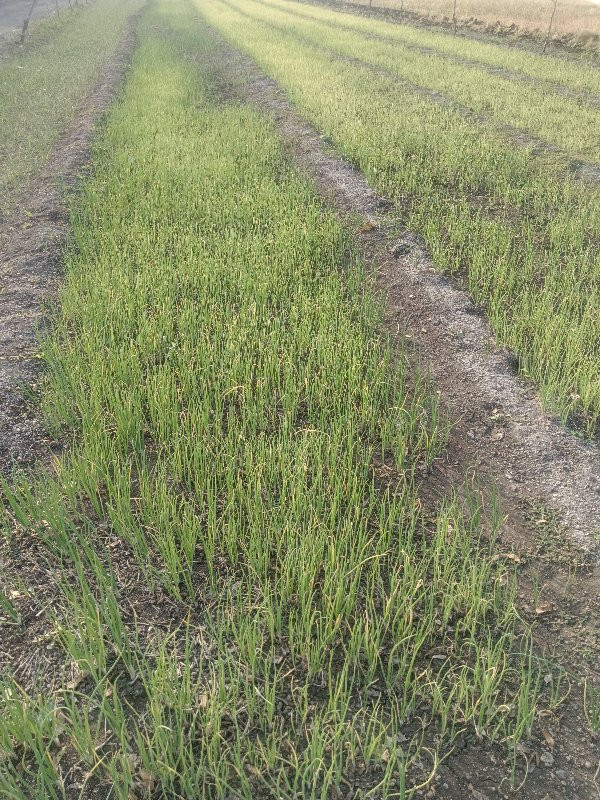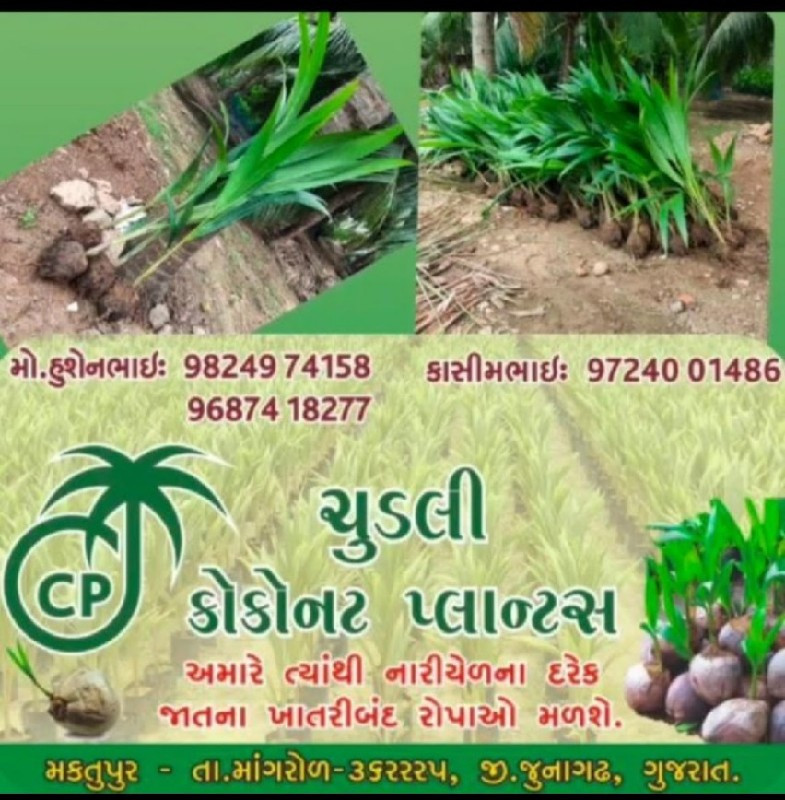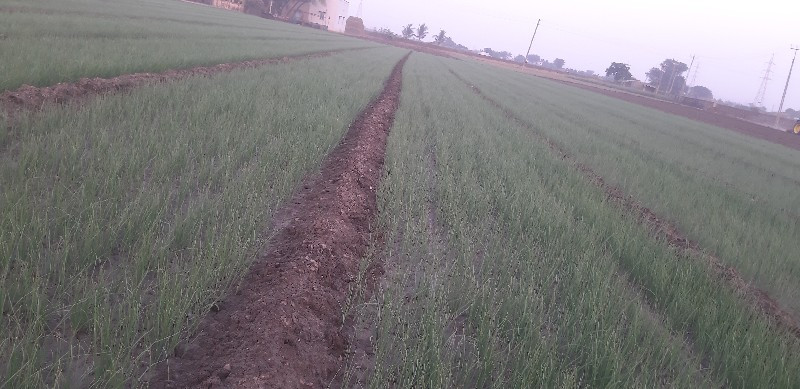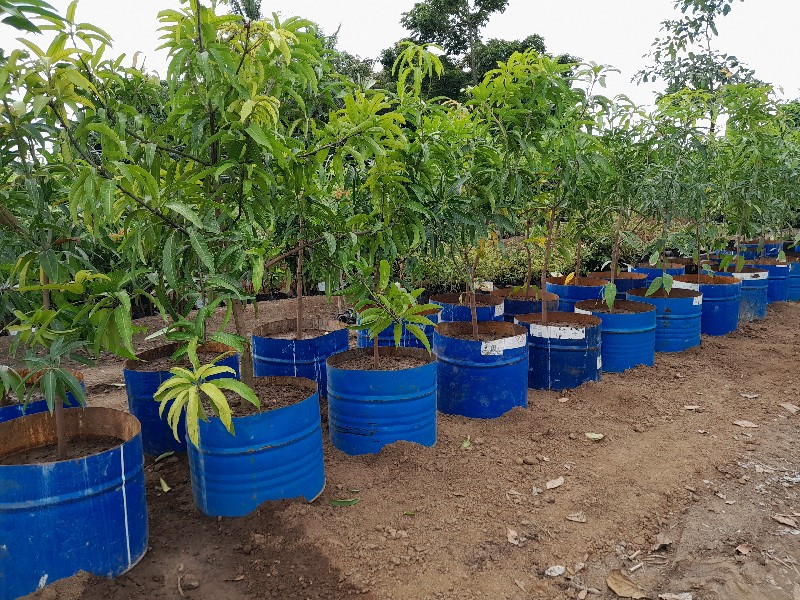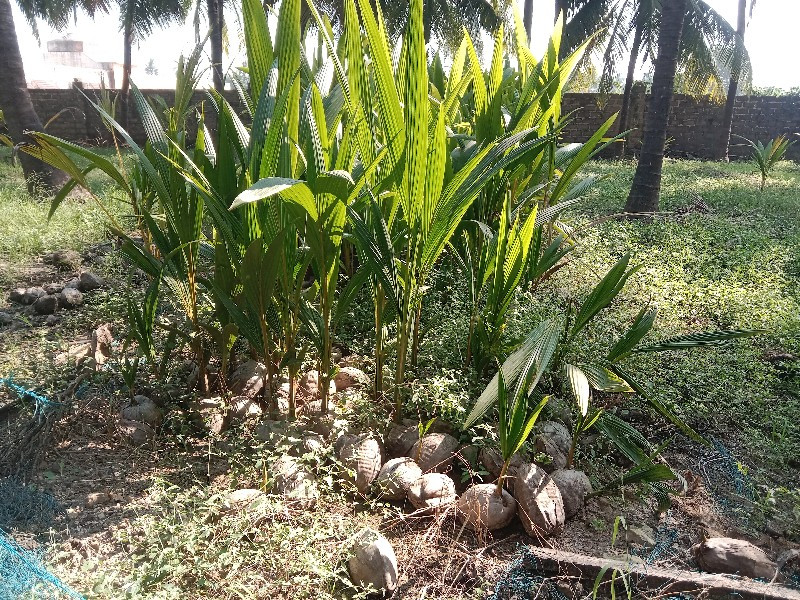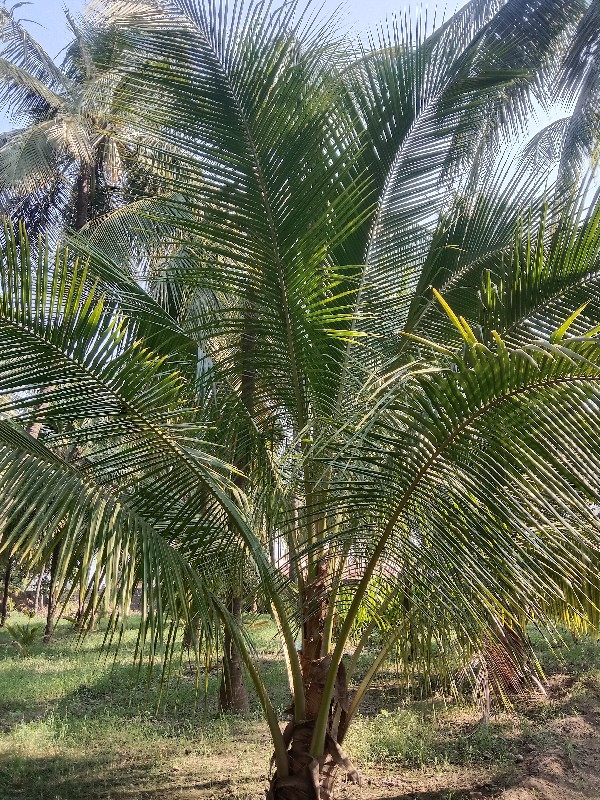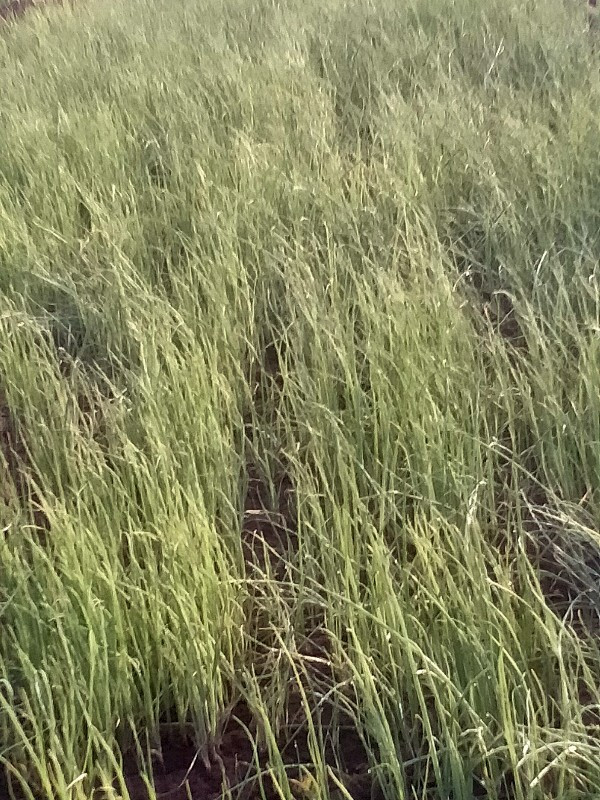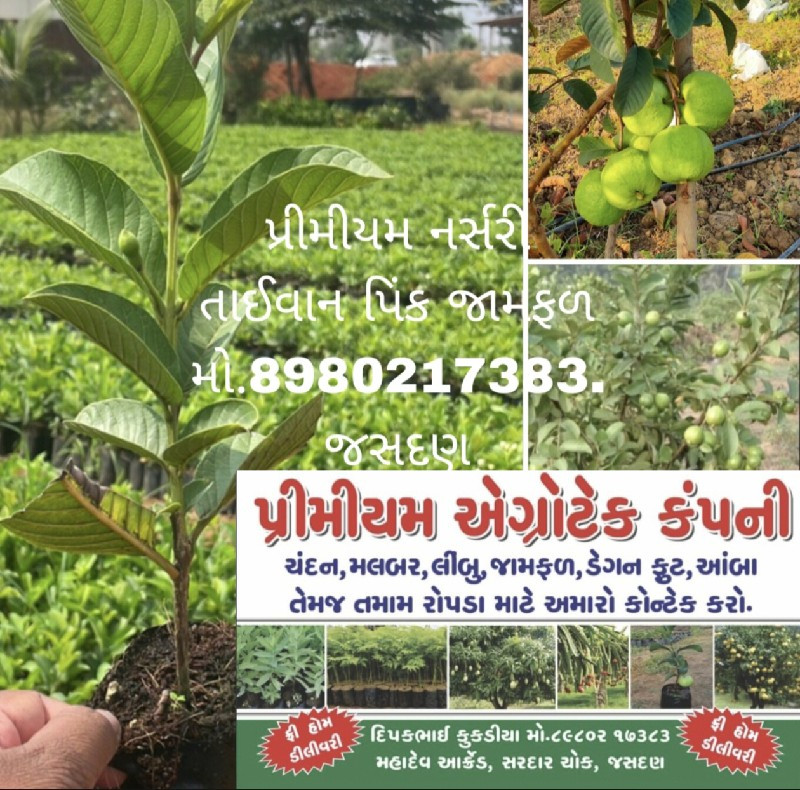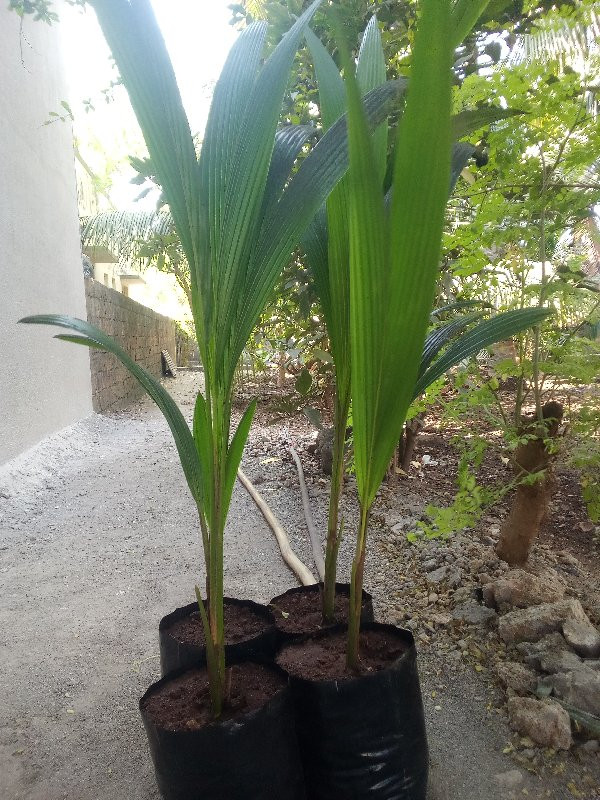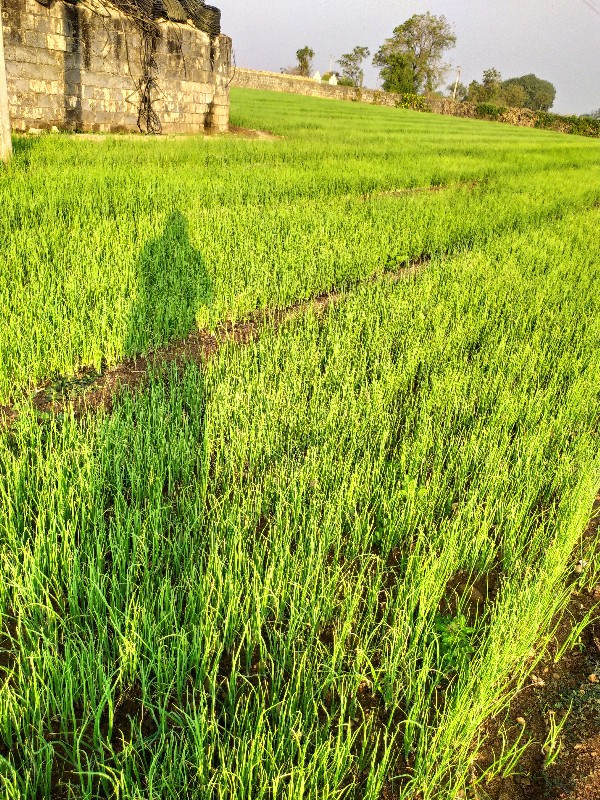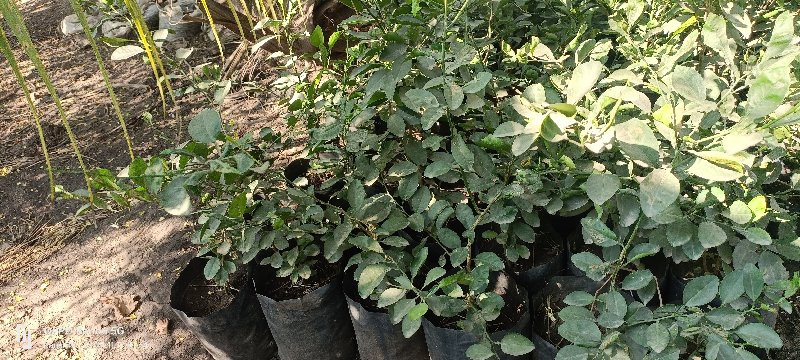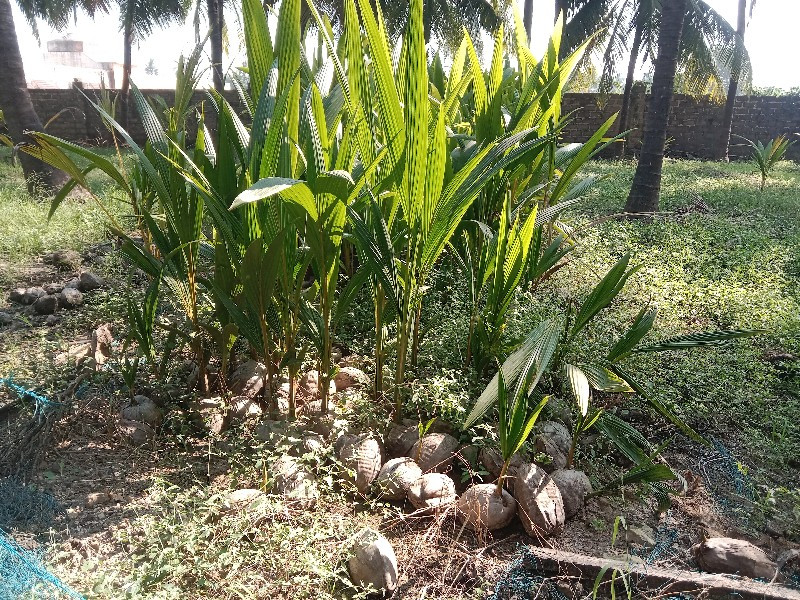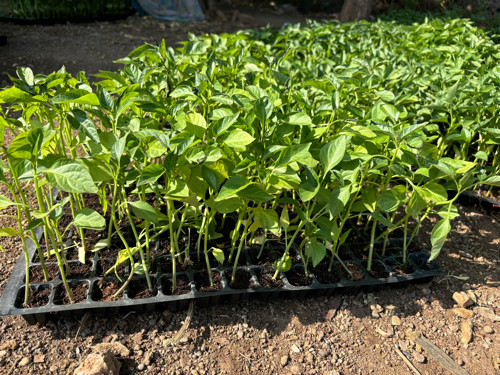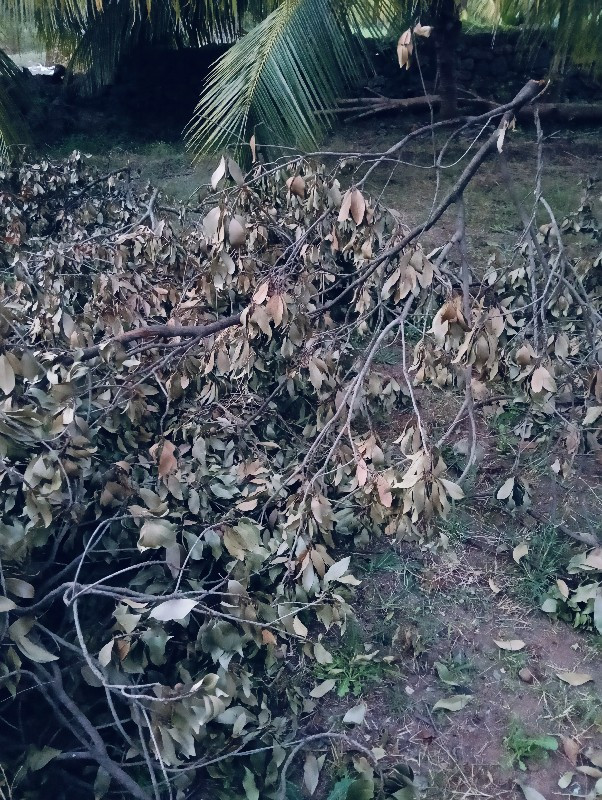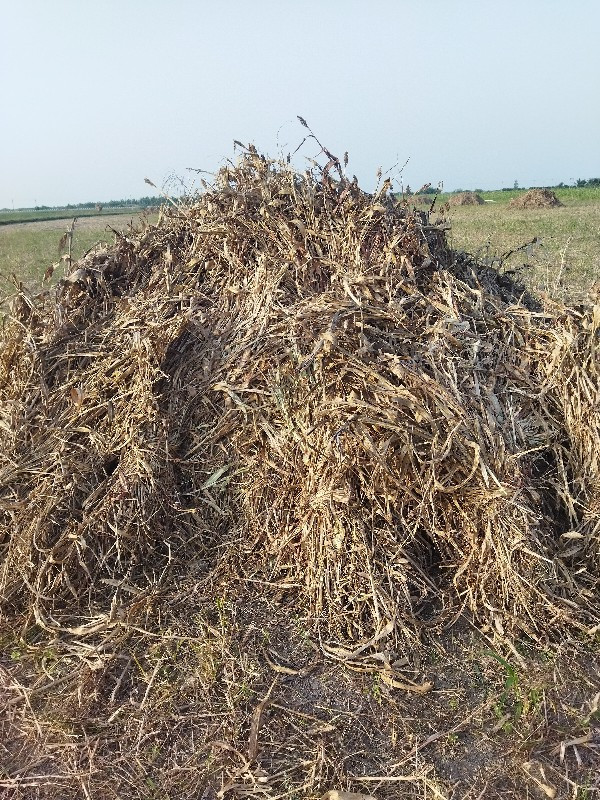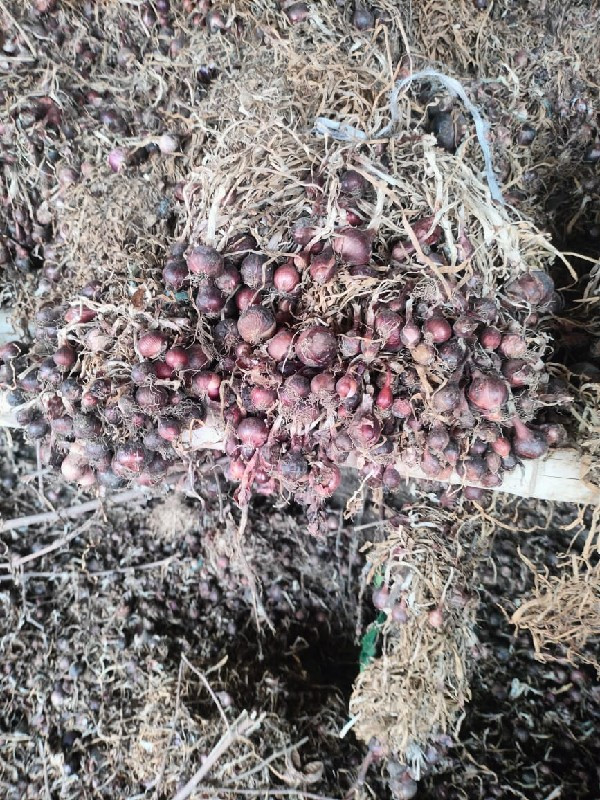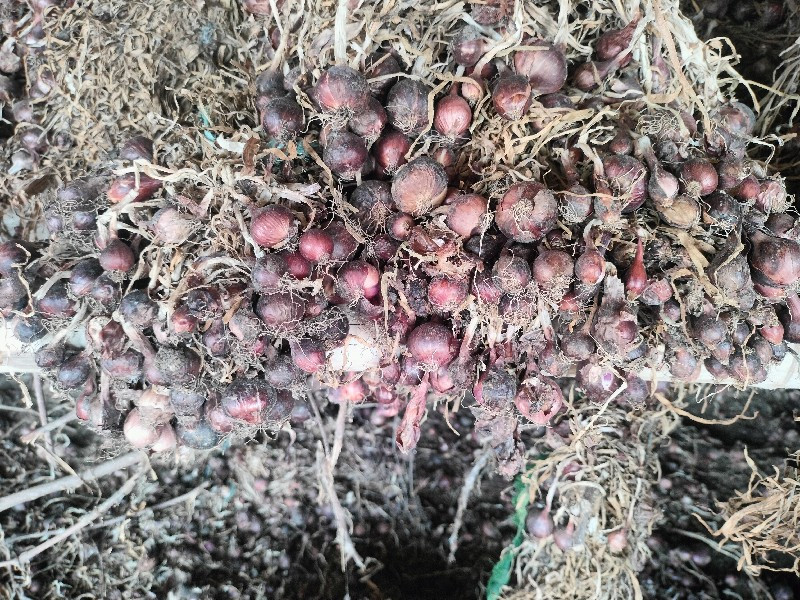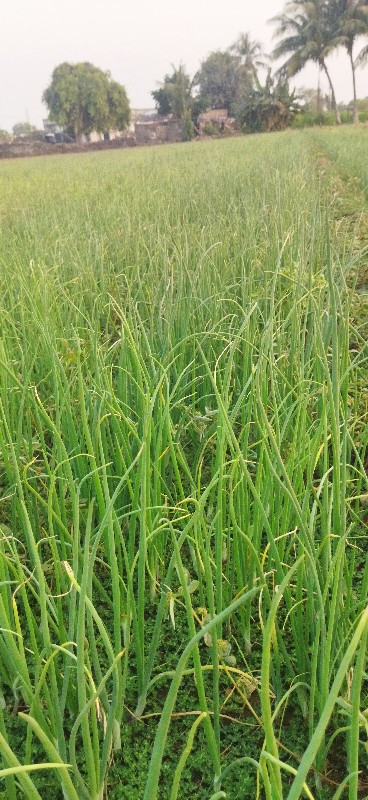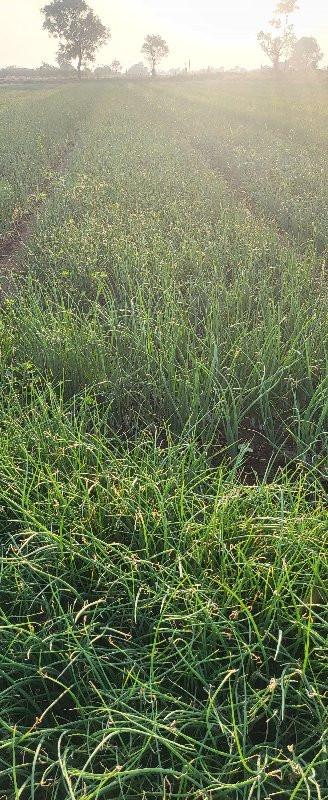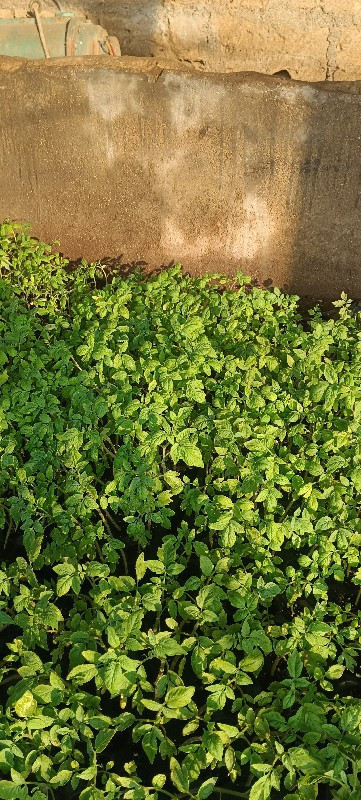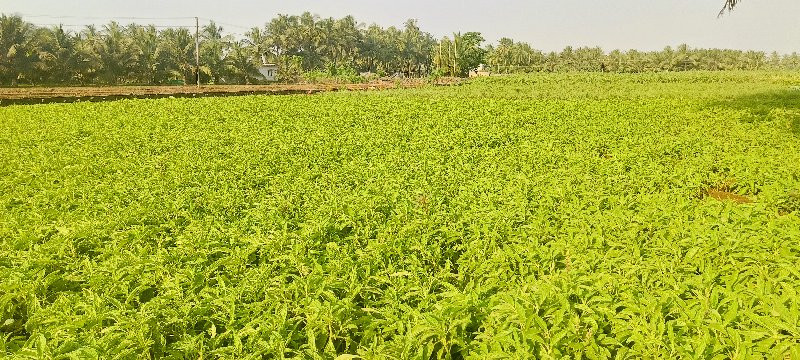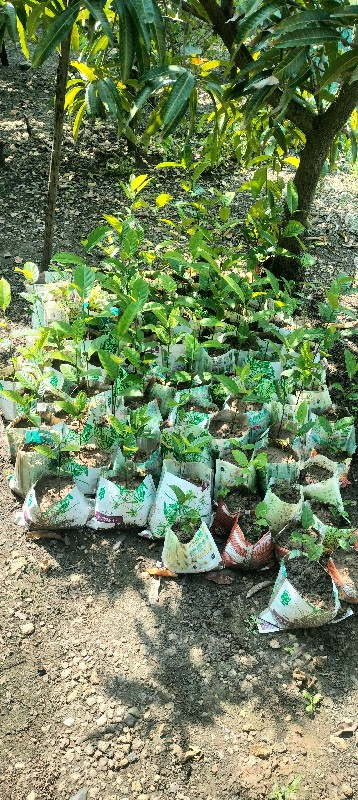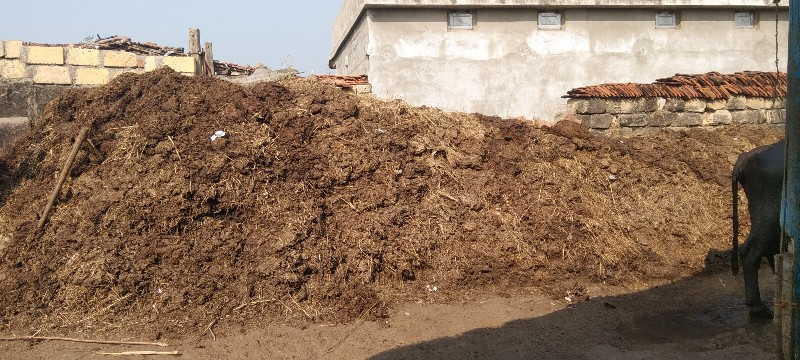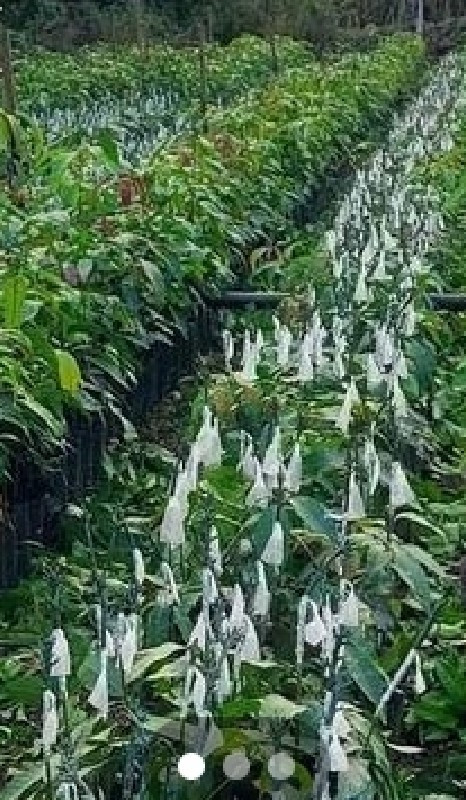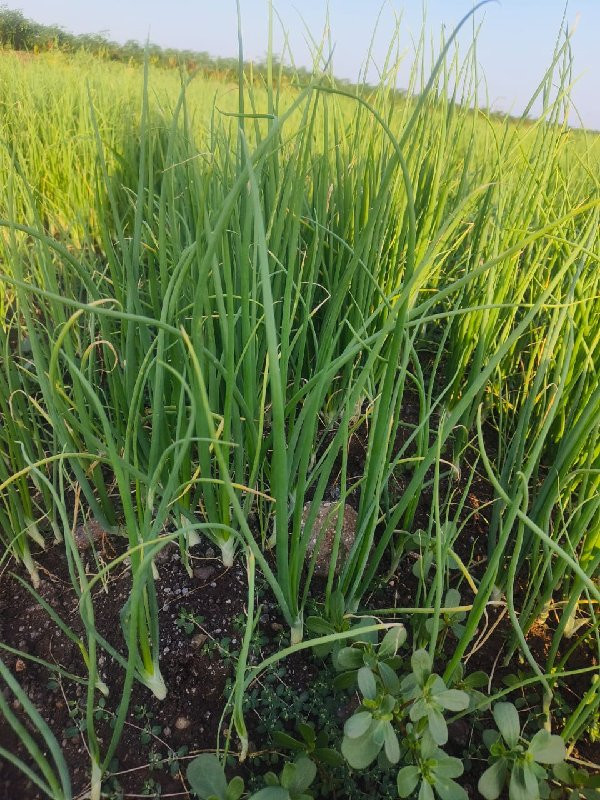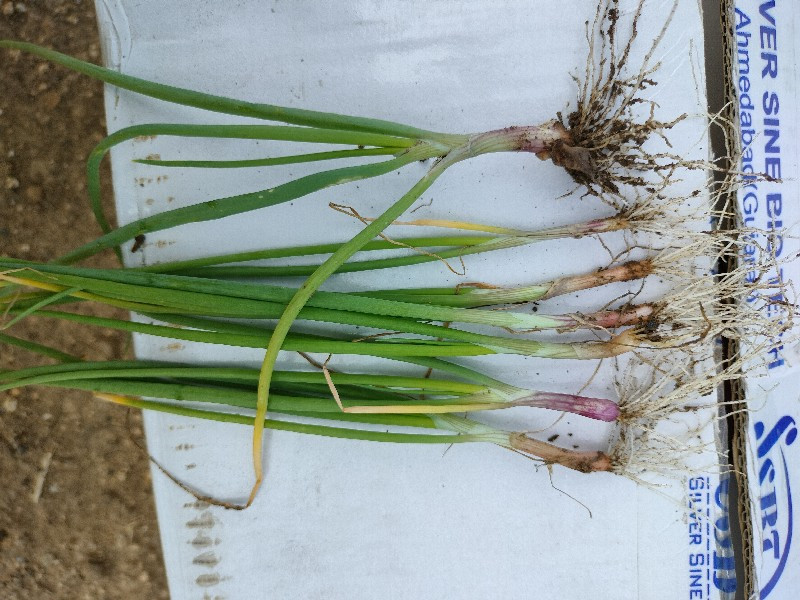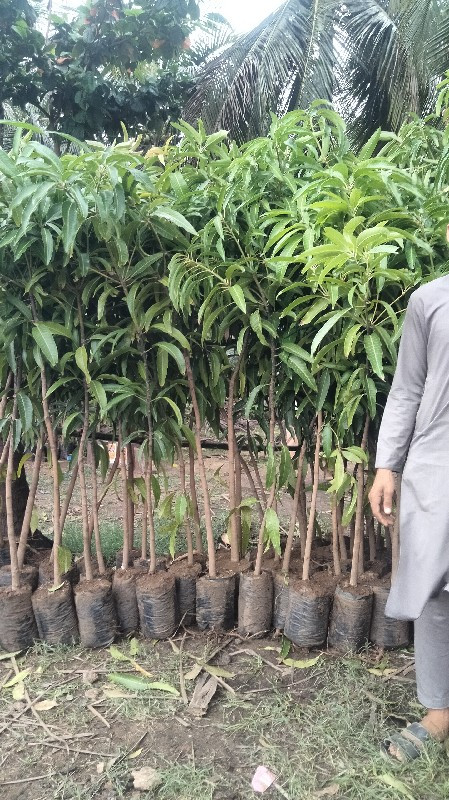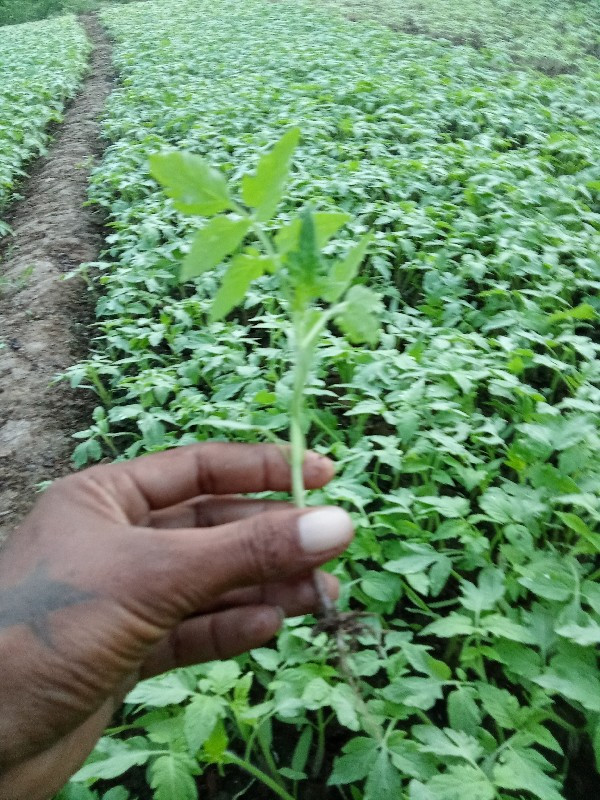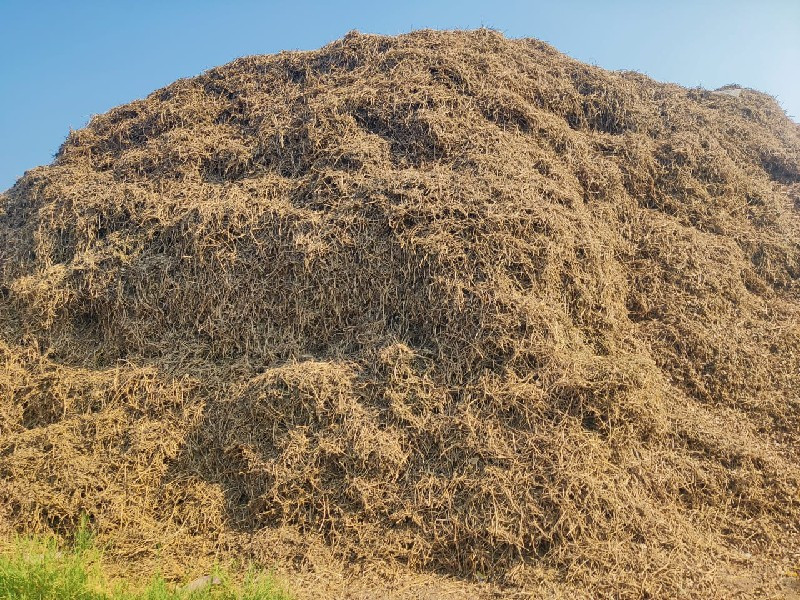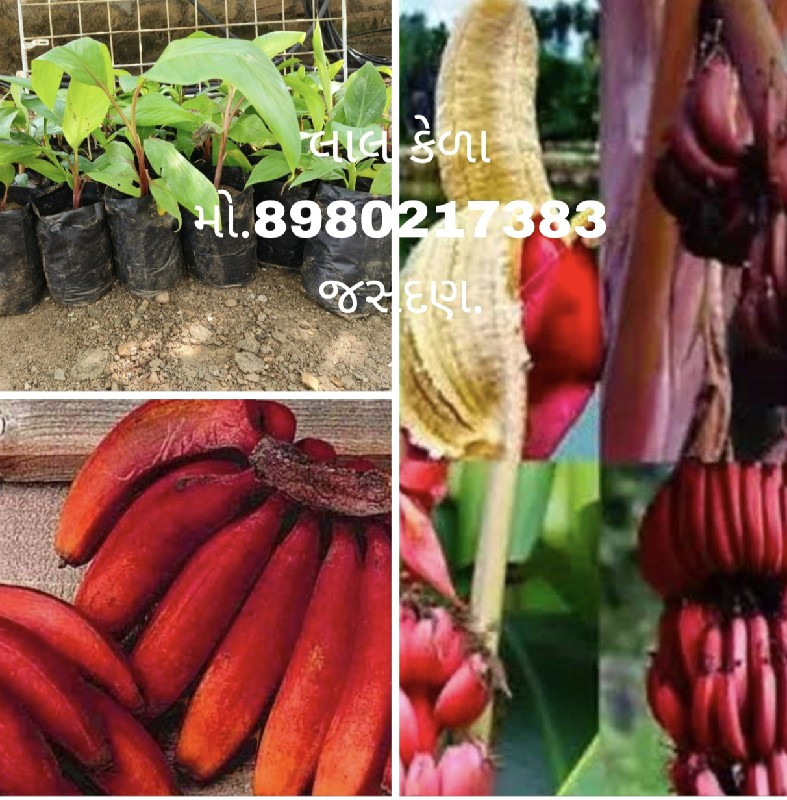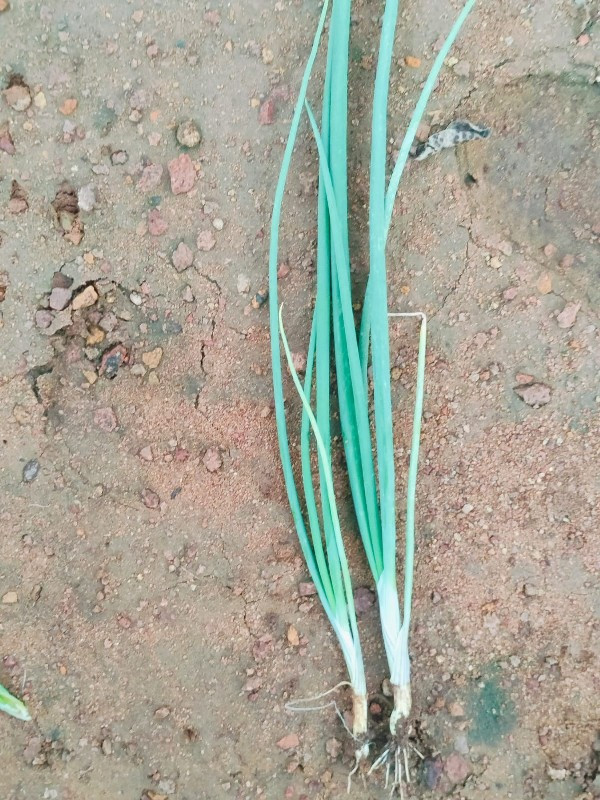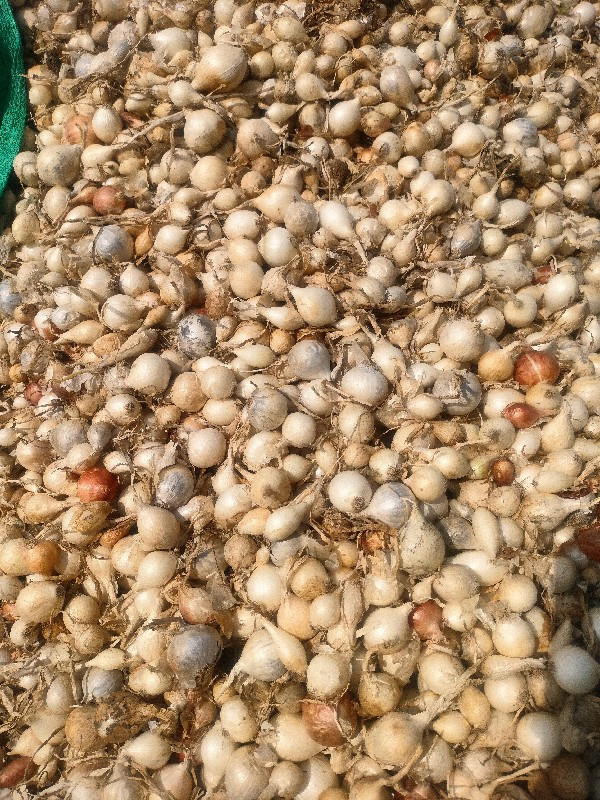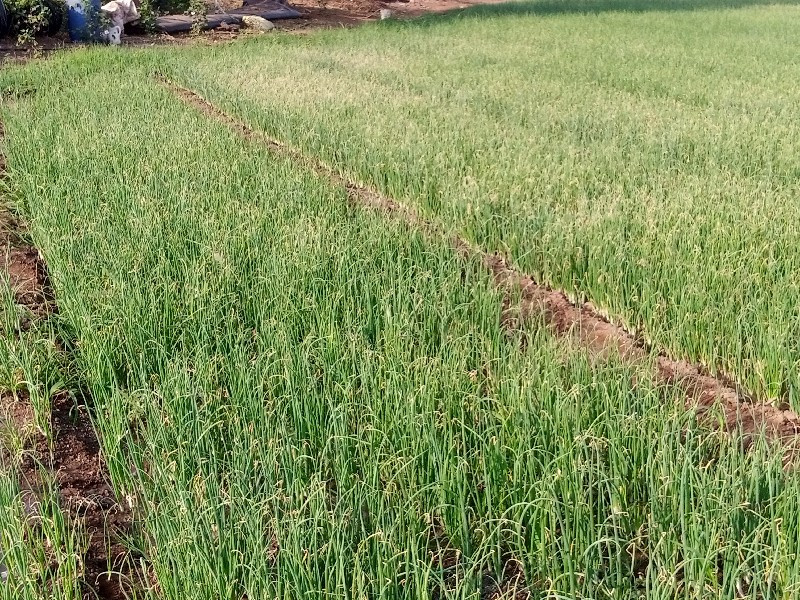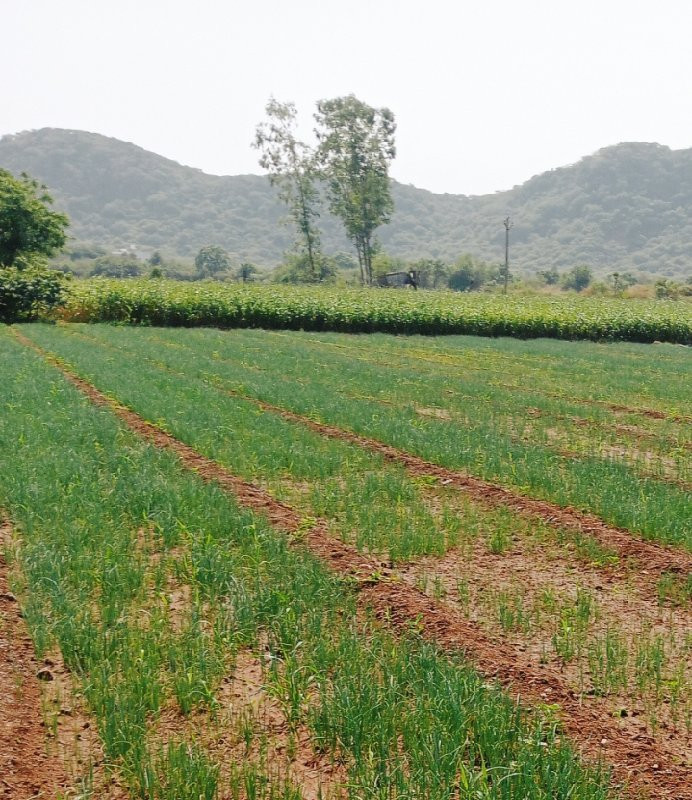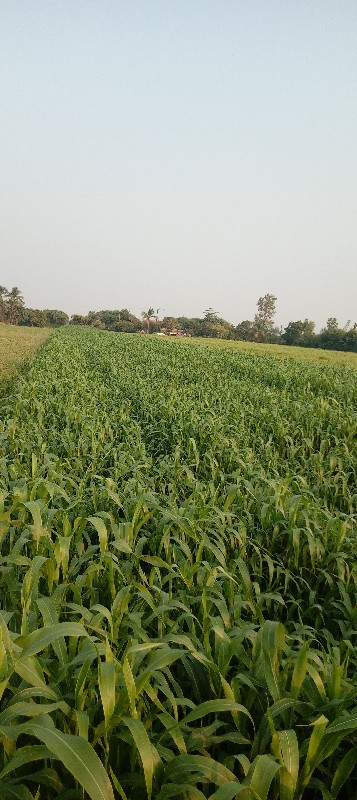
A Comprehensive Guide to Orange Farming in India
India is one of the largest producers of oranges in the world, with the majority of orange cultivation taking place in the states of Maharashtra, Telangana, Andhra Pradesh, and Madhya Pradesh. Oranges are a popular fruit due to their high vitamin C content, making them a staple in many households. If you're considering starting an orange farm or are looking to improve your existing farm, here's a comprehensive guide to help you get started.
Varieties of Oranges in India There are several varieties of oranges that are popular in India. Some of the most commonly cultivated varieties include Nagpur oranges, blood oranges, and Valencia oranges. Nagpur oranges are known for their sweet and juicy taste, while blood oranges have a unique red color and sweet-tart flavor. Valencia oranges are often used for juicing due to their high juice content.
Climatic Conditions for Orange Farming Oranges are generally cultivated in warm and humid climates. In India, the ideal temperature for orange cultivation is between 15°C and 38°C. The best time to plant orange trees is during the monsoon season, which typically runs from June to September.
Soil Requirements for Orange Farming Oranges grow best in well-drained soils that are rich in organic matter. A pH level of 5.5 to 7.5 is ideal for orange cultivation. The soil should also be free from any pests or diseases.
Orange Farming Techniques There are several techniques that are used to improve the yield and quality of oranges. One of the most important techniques is pruning, which involves the removal of dead or diseased branches. This allows the tree to focus its energy on producing healthy fruit. Additionally, regular fertilization is important to ensure that the tree is receiving the necessary nutrients. Watering should also be done on a regular basis, especially during dry periods.
Pest and Disease Management Orange trees are susceptible to several pests and diseases, including fruit flies, thrips, and scale insects. To manage these pests, it's important to use pesticides and insecticides that are safe and effective. Regular monitoring of the trees is also important to catch any pest or disease infestations early on.
Harvesting and Post-Harvest Management Oranges are generally ready for harvest between December and March. They should be picked when they are fully ripe to ensure the best flavor and quality. After harvesting, the oranges should be sorted and graded based on their size and quality. Storage conditions are also important to ensure that the oranges remain fresh for as long as possible.
Conclusion Orange farming is a lucrative business in India, but it requires careful planning and implementation of best practices to achieve success. With the right techniques and knowledge, orange farmers can produce high-quality oranges that are in demand in the market.

